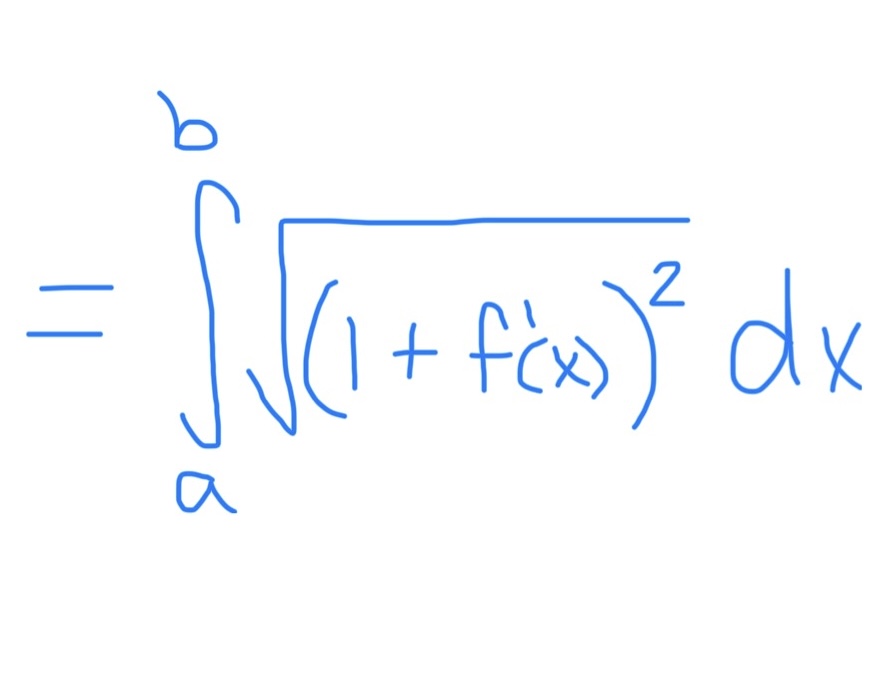Calc II Final Review
1/93
There's no tags or description
Looks like no tags are added yet.
Name | Mastery | Learn | Test | Matching | Spaced |
|---|
No study sessions yet.
94 Terms
Identify the P-Series
n# or sqrtn

Identify the Geometric Series
r is directly to power of n/k
a is what’s not attached
#n
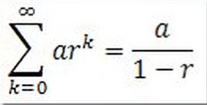
Solving P-Series
Identify P aka the power that n/k is to
for multiple of them, P is the sum
Compare P to 1
Absolutely Converges if P is greater than 1
Diverges if P is less than or equal to 1
Solving Geometric Series
Identify r aka the # that is to the power of k/n
if in denominator, only take the value of what is directly attached to k/n, but remember if its a fraction or not being in the denominator
if # is to like 2n, keep the power of 2 in r
Ask: Is |r| < 1?
Yes → Absolutely Converges to s= a/1-r
to find a, plug in number n is = to in sigma
No → Diverges
To get rid of square roots…
Multiply by the conjugate and use (A-B) (A+B) = A²-B²
Identify Telescoping Series
Terms subtract and when expanded, cancel out only leaving first and last term
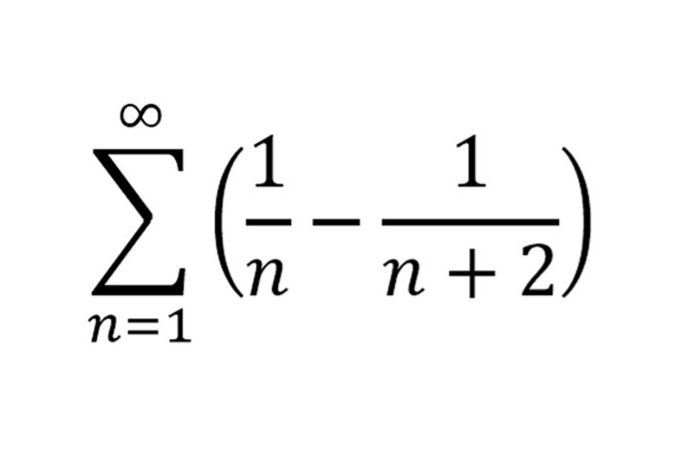
Solving Telescoping Series
Expand the series
last term is just the second value from the original series but with n’s
Cancel out terms except first and last which will be combined
Take the limit of this
this is the sequence of partial sums
If it converges, then so does the series
If it diverges, then so does the series
Identifying Almost P-Series
if k# or sqrtk is added/subtracted by another # or variable (s)
Identifying Almost Geometric Series
if #k is added/subtracted by another # or variable
Solving Almost Series
Determine if almost p-series or geo series
Take away lower degree terms to make look alike series Σ bn
State “Compare to [insert Σ bn]
Decide if using Limit Comparison Test or Direct Comparison Test
State the test
Perform the test
Clearly state conclusion
Limit Comparison Test
Use when taking away more than one term from numerator and denominator to create Σ bn
Find if Σ bn converges or diverges
Set up Lim n→ ∞ an/bn = L
Solve for L and determine if it is positive and finite
if so, then series will do what Σ bn does
If L is…
L = 0 or pos finite # and Σ bn converges, then og series converges OR tog series will follow what Σ bn does
L = ∞ and Σ bn diverges, og series diverges too
Direct Comparison Test
Use if only taking one term away to make Σ bn
Find if Σ bn converges or diverges
Compare the size of Σ an and Σ bn
Smaller than convergent is convergent
an smaller than bn and bn is convergent = convergent
Bigger than divergent is divergent
an bigger than bn and bn is divergent = divergent
Solving Series Not P, Geo, Q-log, Telescoping but Positive Term Series
Try Divergence Test (see if lim n→ an goes to 0
doesn’t go to 0 = diverges, you are done
does go to 0 = use Integral Test
Try Integral Test
Check the following conditions to use Integral Test
a) When plugging in # for k into denominator, can’t equal zero
B) Derivative of f(x) must be negative
Compute ∫ ∞ 1 f(x)
Determine if integral converges or diverges
series will do what integral does
Solving Series w/ All or Multiple Terms to a Single n Power
Use Root Test
Set up Lim n → ∞ nsqrt( | an | ) = L
Cancel terms if applicable
Determine value of L
Converges if L less than 1
Diverges if L greater than 1
Try something else if L =1
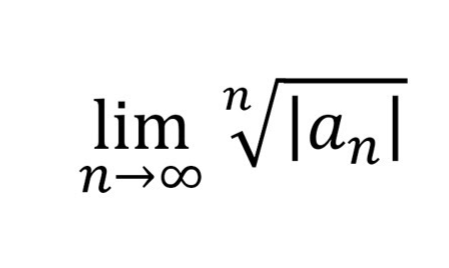
Solving Series with Factorials or Terms to Power of n
Use Ratio Test
Set up Lim n→ ∞ an+1/an = L
Cance terms if applicable
Determine value of L
Converges if L is less than 1
Diverges if L is greater than 1
Try something else if L = 1
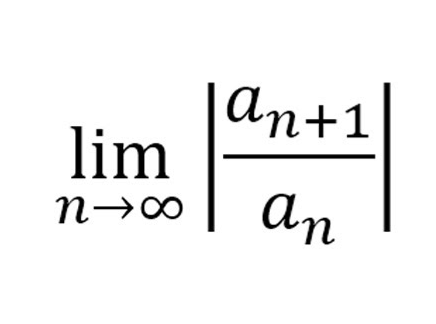
How to Write an+1
Add 1 to each n/k term
n# → (n+1)#
en or #n → _n+1
n! → (n+1) !
ke-k (k+1)(e-(k+1))
nn → (n+1)n+1
Constant #s don’t apply and stay the same
Identify Q-Log Series
P-series with log in numerator
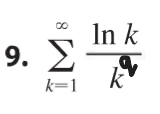
Solving Q-Log Series
Identify q aka the power k/n is to
Compare q to 1
Converges if q is greater than 1
Diverges if q is less than or equal to 1
Identify Alternating Series
When expanded, signs alternate
(a1, -a2, a3, -a4…)
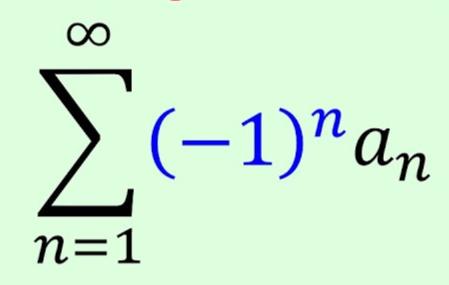
Solving Alternating Series
Use Alternating Series Test
Check two conditions; if both happen, converges, if not, diverges
a) Does Lim n→ ∞ an = 0?
b) Is an+1 less than an?
more on bottom makes term smaller
Determining Absolute Cvt, Conditional Cvt, or Divergence
Check for absolute convergence using Ratio Test/Root Test w/ absolute bars, Comparison Test, or Integral Test
For Ratio/Root tests, compare L to 1
Absolute convergent is L is less than 1
NOT absolute convergent if L is greater than 1
If not Absolute Cvt, check Conditional Cvt using Alternating Series Test
Use Alternating Series Test
if all conditions are met, converges, if not, diverges
Identify Alternate P-Series
They ALL converge
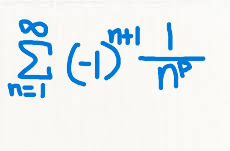
Finding Interval of Convergence
Use Ratio Test or Root Test w/ absolute bars both < 1
Decide which test to use
Plug in and cancel terms
Take out |x| or |x-#| or |x-#| / # and put in front of Lim
Solve for limit of an and multiply it by x
Then solve for x; what’s on the other side of < is R
Identify the center and draw a number line with center as middle and one point R distance to the left and another R distance to the right
Test each endpoint to see which gets brackets and parentheses
1. Let x = #
2. Plug in # into x in original equation
3. If diverges → don’t include. If converse → include
Taylor Series Centered at x = c

Taylor Series Centered at c = 0

Solving for Taylor Series
Find the first five derivatives of f(x)
Then, plug in value for center into x in the results for the derivatives
Plug into formula, simplify or cancel factorials if needed
Look and identify the series, check by plugging in to make sure
Maclaurin Series for e^x
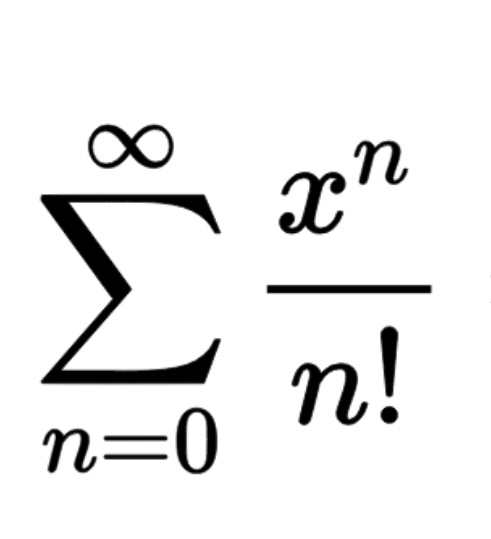
Maclaurin Series for sinx
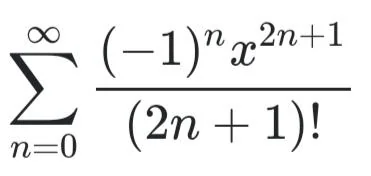
Maclaurin Series for cosx
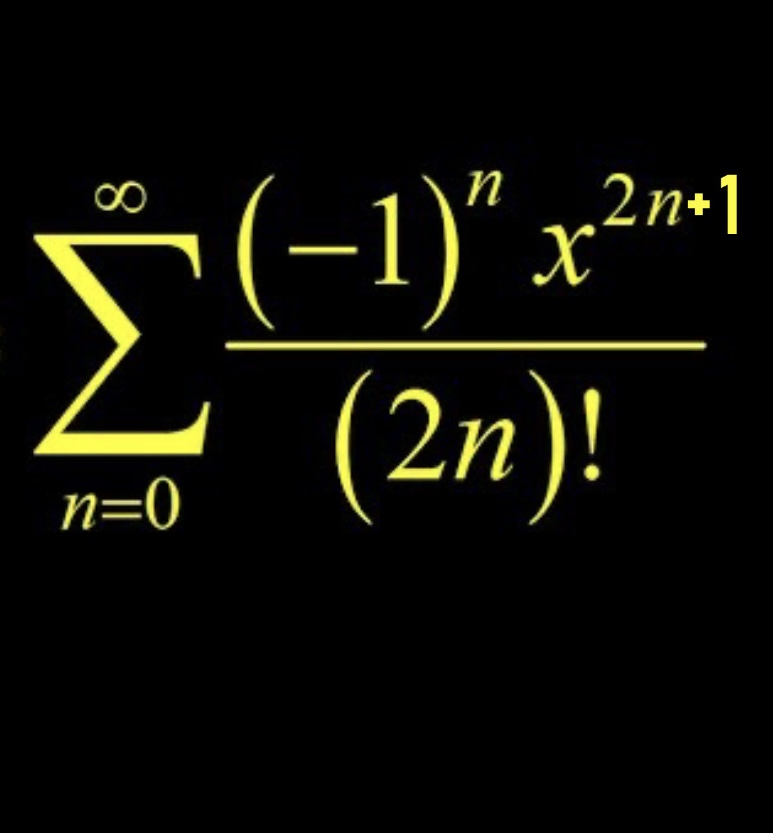
Maclaurin Series for 1 / 1 - x

Maclaurin Series for ln(1 + x)
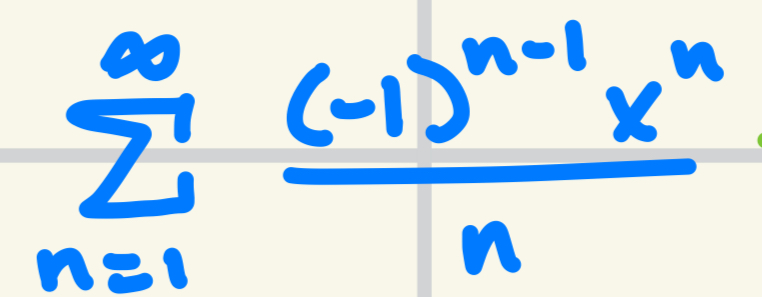
Maclaurin Series for arctanx
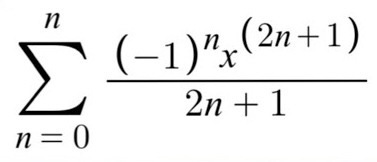
Maclaurin Series for ( 1 + x ) ^9

Finding Absolute/Conditional Cvt or Divergence for P-Series/Geo Series
Use the regular way to find convergence for them
If converges, is absolutely convergent
If diverges, it diverges and you’re done
Finding Absolute/Conditional Cvt or Divergence for Almost Series
Use Comparison Tests to Test for Absolute Convergence
if converges, is absolutely convergent
if diverges, check for conditional convergence
Finding Absolute/Conditional Cvt or Divergence using Integral Test
Check for absolute convergence using Integral Test
If converges, then absolutely converges
If diverges, check for conditional convergence
If needed, use AST to check for conditional convergence
Finding the Area Between Curves
Draw graph
Note if there’s two regions because then you will also use A = A1 + A2.
Find points of intersection by setting equations equal to each other
Double check validity of points by plugging it back in to eqn made in Step 1
Solve for area using
Use points of intersection as bounds
Integrate

Graph of Sinx
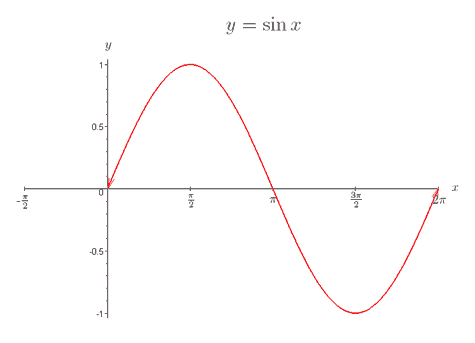
Graph of Cosx
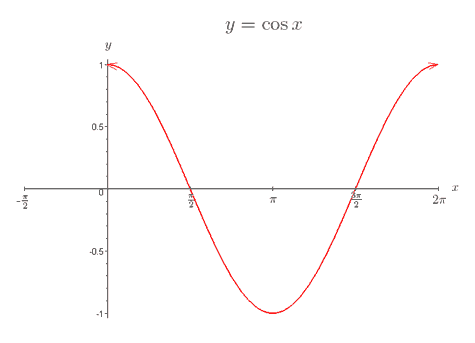
Graph of sqrtx
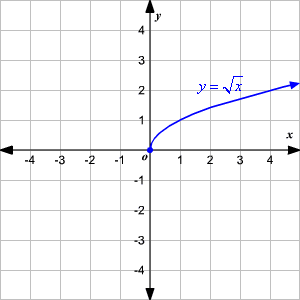
Finding Volume Doing Slicing
Draw the graph
Note that x^2 + y^2 = r^2 is a circle. So if you have x^2 + y^2 = 9, then this is a circle with 3 radius
If needed, solve equation for y
Use the formula
Find the formula of the slice’s shape
Square = s^2
Equilateral triangle = (sqrt3/4)(s^2)
Semicircle = 1/2 pi r^2, r = 1/2s
s is top - bottom
Put +/- radius as integral boundaries
Integrate

Finding Volume with Solids in Revolution
Decide method of washers (disks) or cylindrical shells and use to solve
Methods of Washers
perpendicular to axis of rev
Draw graph
Draw slice perpendicular to axis of rev
Find thickness (if needed, convert equns wrt to x or y depending on thickness)
Find R (distance between axis of rev and farthest graph)
Find r (distance between axis of rev and closest graph)
Find points of intersection by setting eqns equal to each other
these are the integral bounds
Plug everything into formula
Note that R and r with just be the line of the closest or farthest equation if the axis of revolution is just x/y axis or 0
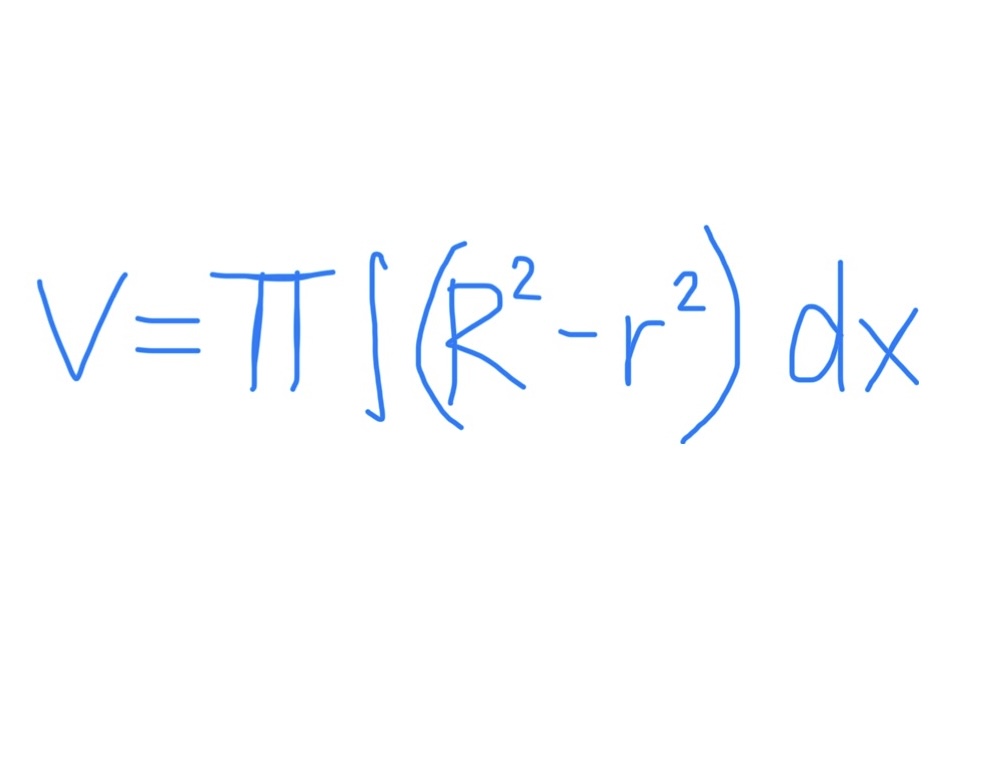
Method of Shells
parallel to axis of rev
Draw graph
Draw slice parallel to axis of rev
Find thickness
Find r (distance between axis of rev and midpoint of slice)
Find h (top - bottom)
Find points of intersection by setting eqns equal to each othe
these are integral bounds
Plug into formula
Note: Midpoint of slice is normally just x
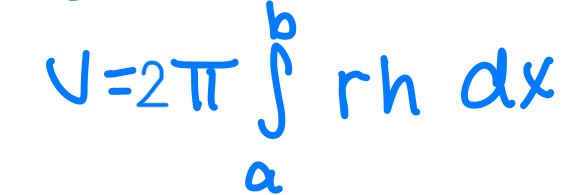
Graph of x = y^2
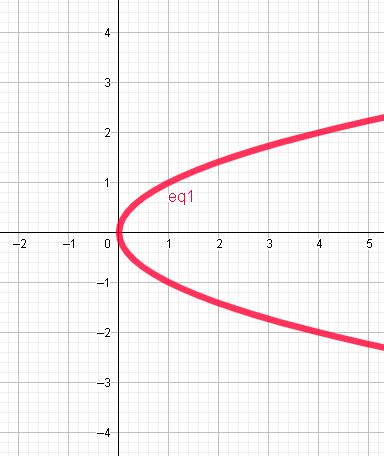
Graph of 2-y
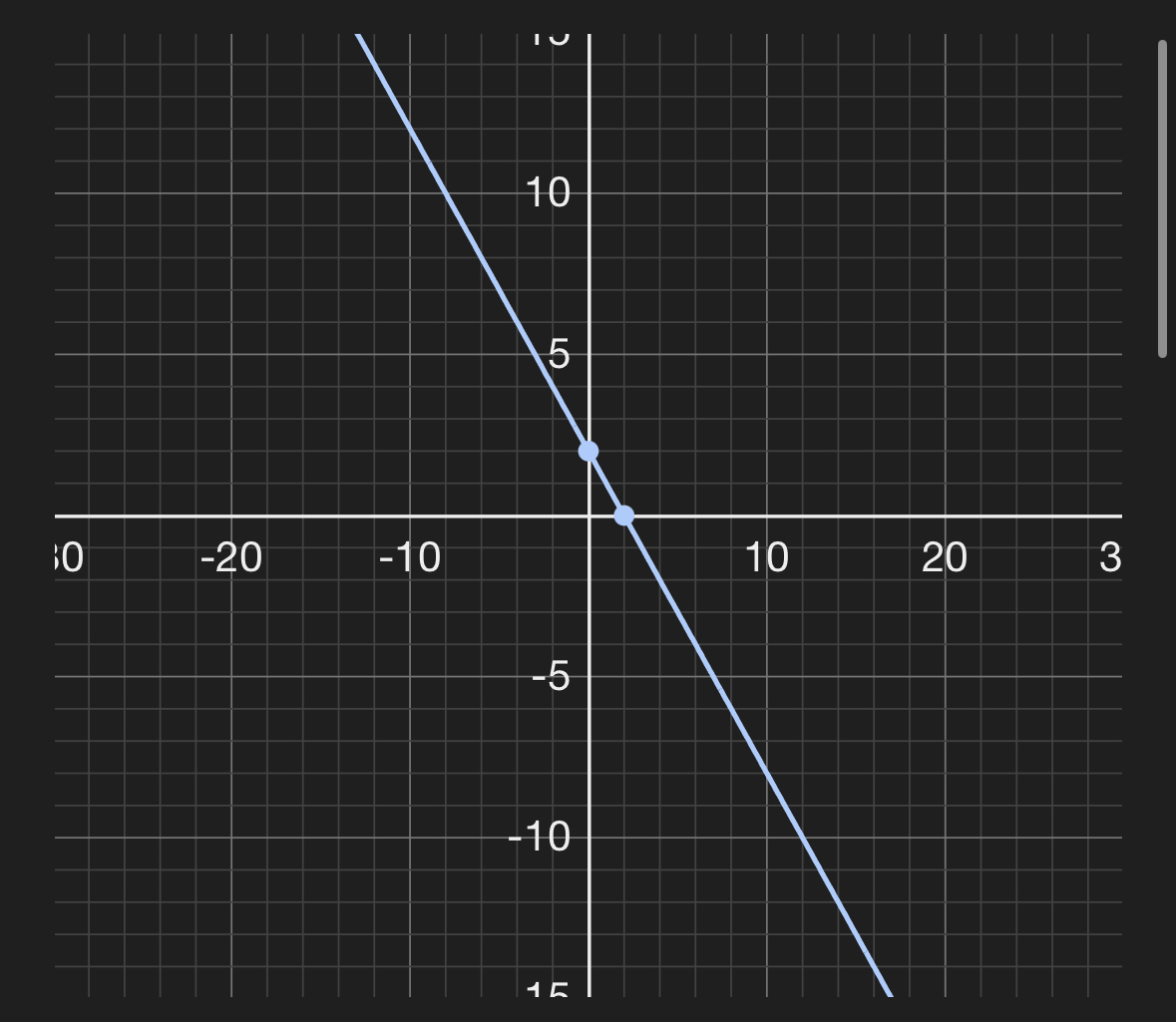
Finding Work if Force Isn’t Constant
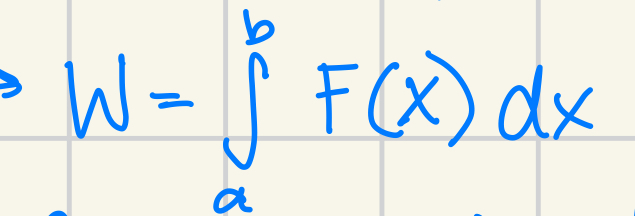
Finding Work for a Spring
Find k which is the spring constant using F = kx solving for k
Create integral
b: new initial length - natural length
a: new final length - natural length
Note: x is distance beyond natural length, k is spring constant
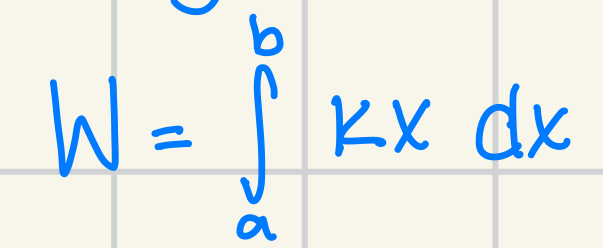
Finding Force of a Fluid
Draw picture and draw slice
Set up formula
Plug in density
Plug in L which is length of slice
Plug in depth which is height - y or depth - y
Plug in integral b and a
b: depth of fluid
a: 0
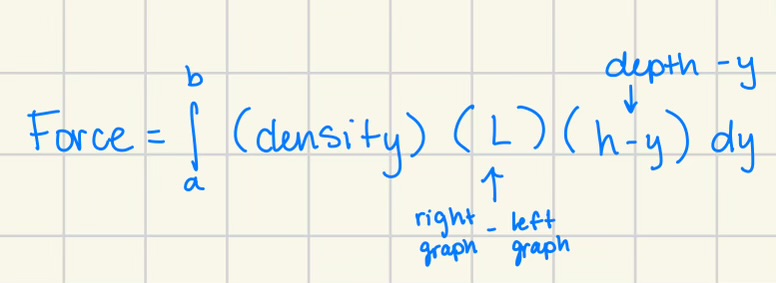
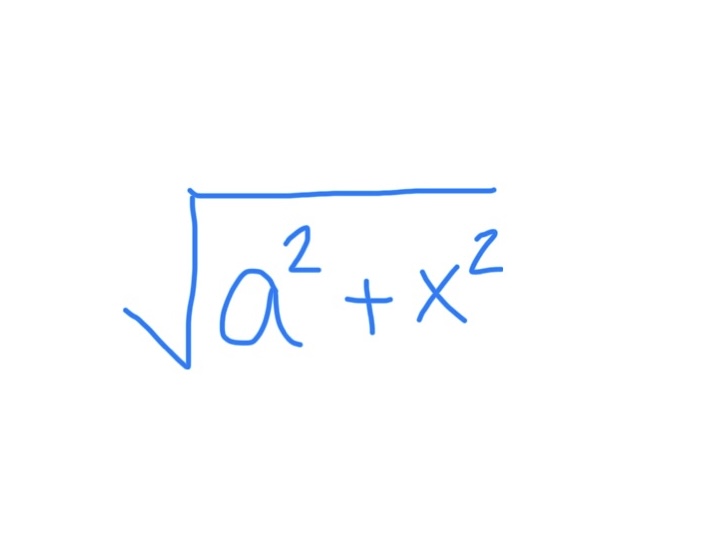
If you see this, use…
x = atanθ
dx = asec²θ dθ
1 + tan²θ = sec²θ
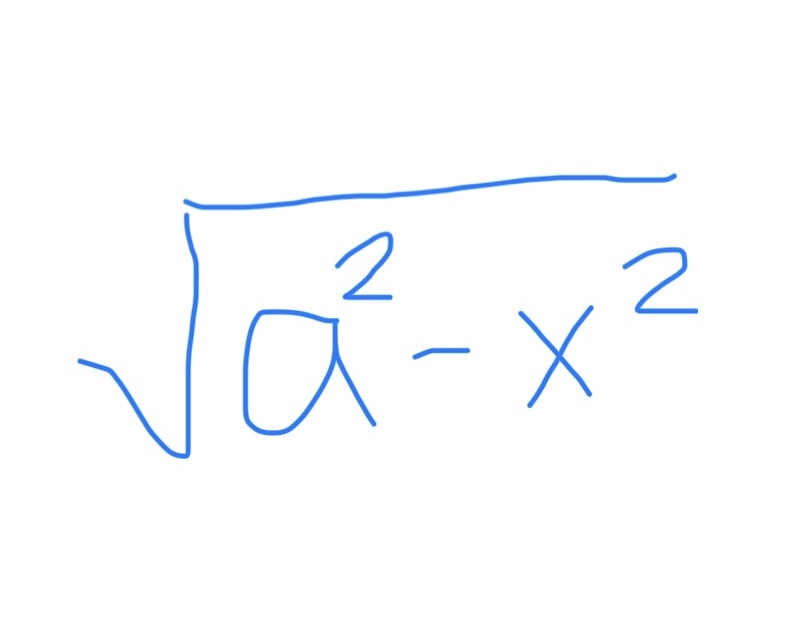
If you see this, use…
x = asinθ
dx = acosθ dθ
1 - sin²θ = cos²θ

If you see this, use…
x = asecθ
dx = asecθtanθ dθ
sec²θ - 1 = tan²θ
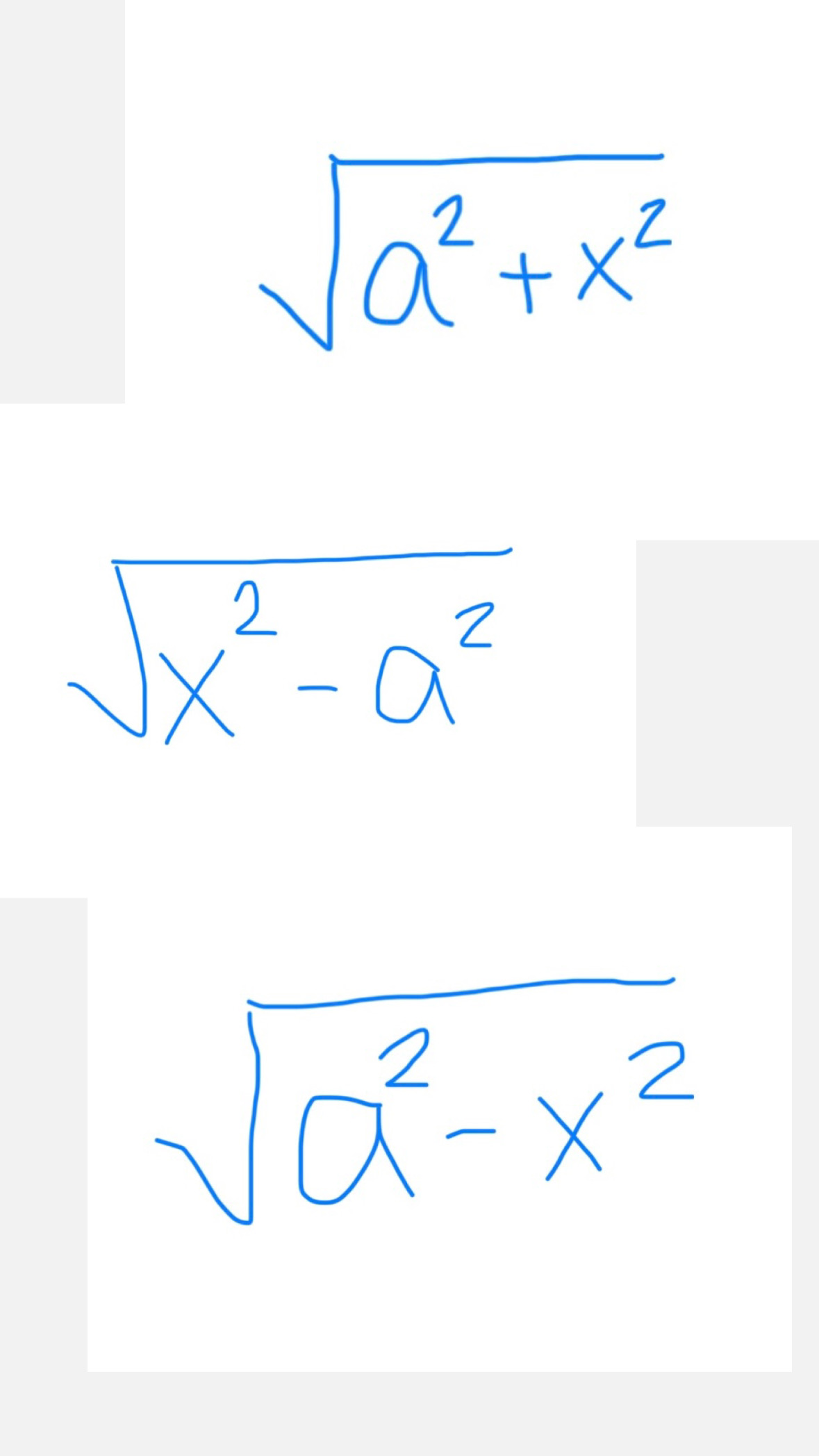
Evaluating Integral with
Find specific strategy and plug into x and dx
If possible, take out constant GCF
Replace with Pythagorean trig identity
Cancel out terms
Look at initial x = __ and isolate the trig function
Create triangle and plug in sides
final unknown side is original sqrt in eqn
Replace answer with triangle values
Evaluating Integral where Num and Denom are Reduced Polynomials
no common factors
Deg T < Deg B
Factor num and denom
Separate eqn into 2 fractions added to each other whose denominators are each factor and numerator are variables
Linear denom = A, B, C … numerator
Quadratic denom = (variable)(x^one less degree) continue until get lowest degree
Set original equation equal to this
Multiply everything by original denominator to cancel out terms
Solve for each variable by systems of eqns
Plug in results for each variable into setup from Step 2
Integrate
∫ cos²θ

∫ sin²θ
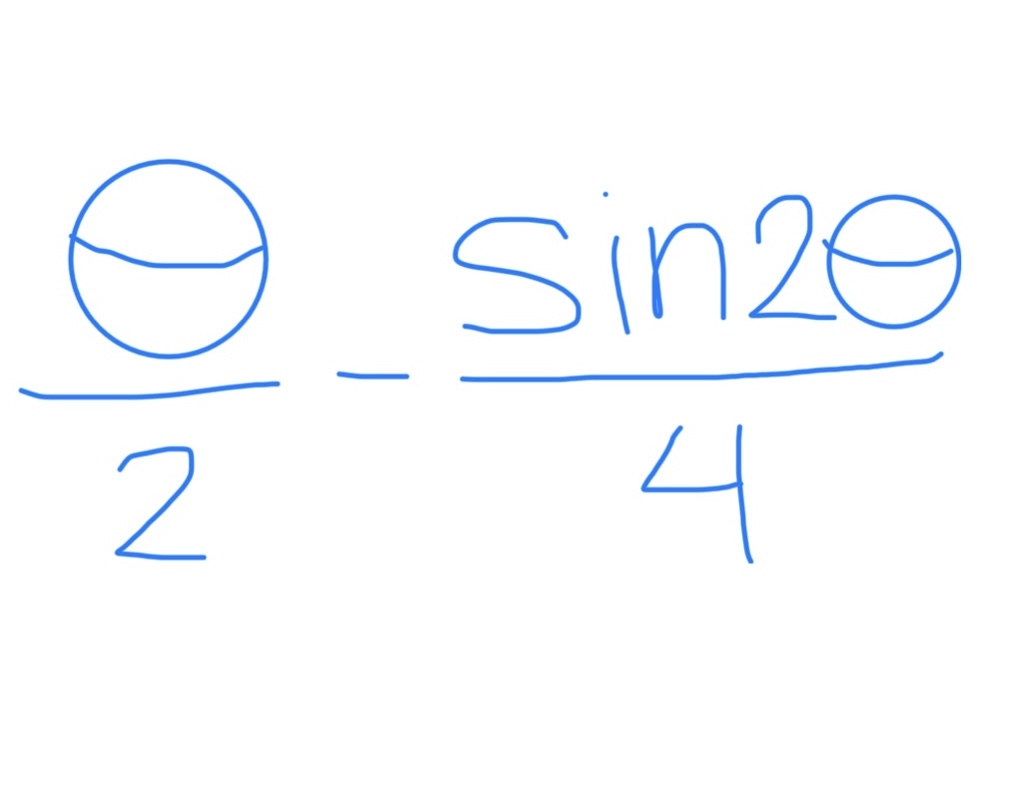
Use Table for Repeating Integration by Parts With…
xnsinx
xncosx
xnex
Evaluating Integrals with Repeating Integration by Parts
Identify u and dv using LIATE
Create table
Find derivatives under u and antiderivatives under dv until you reach 0
Multiply diagonally and the combination of this is your answer
the table goes +, -, +, - downward
What is Antiderivative of eax?
1/a eax
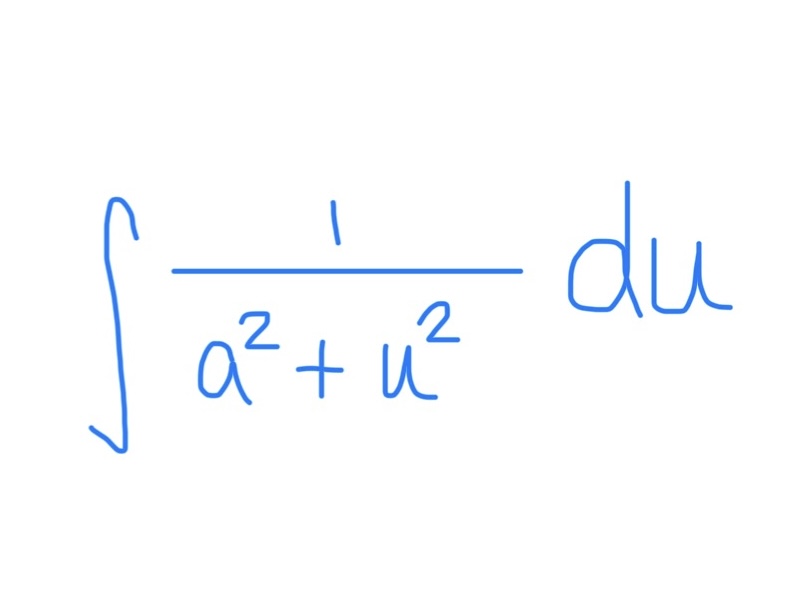
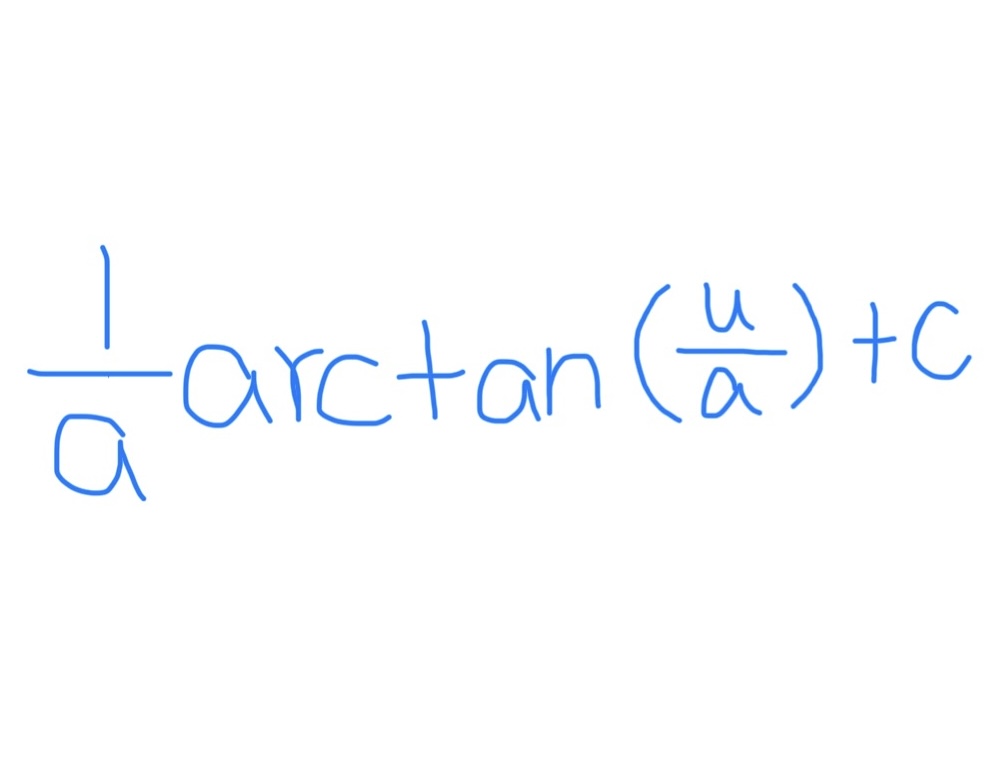
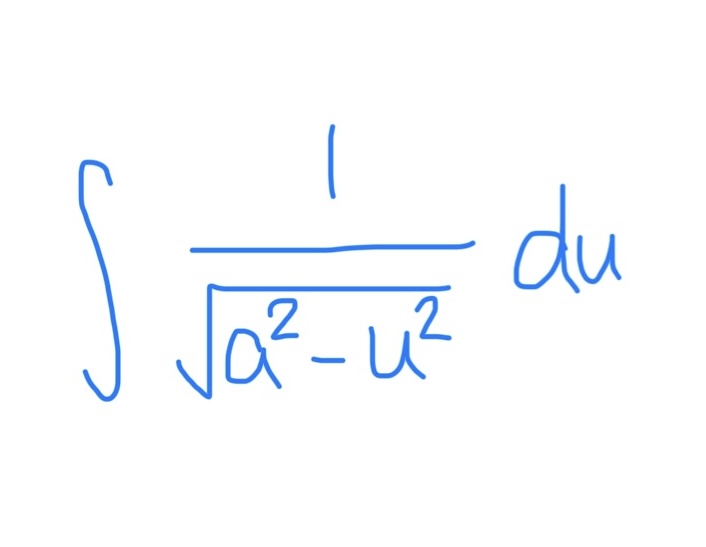
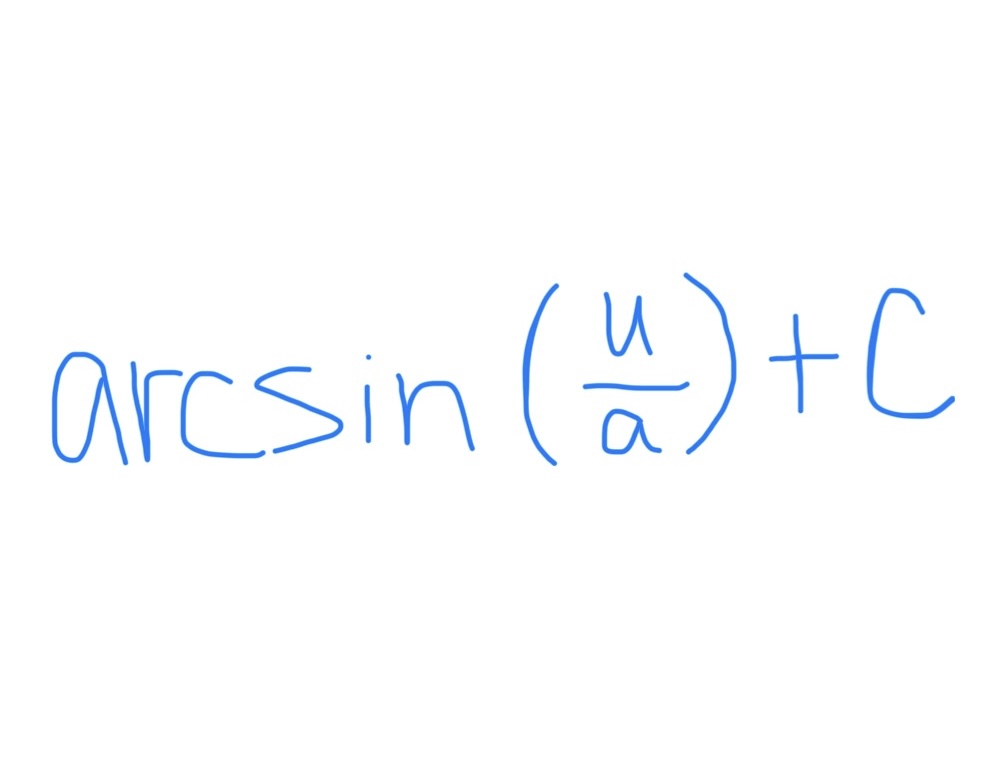
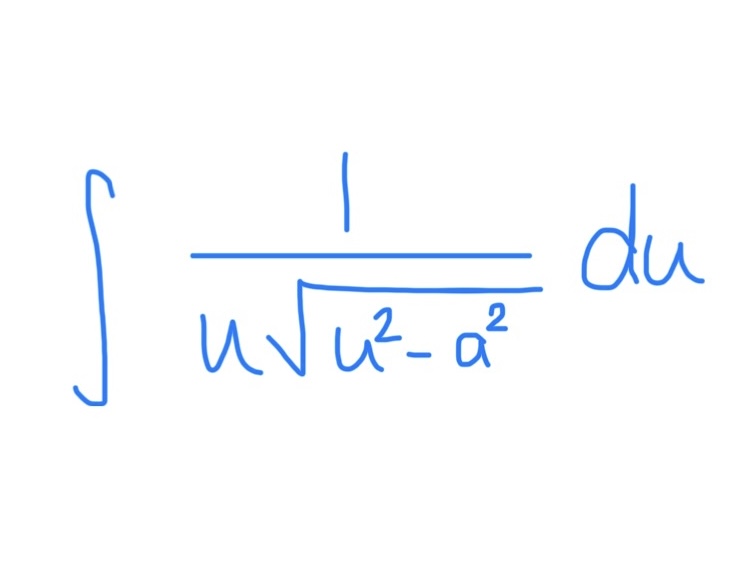
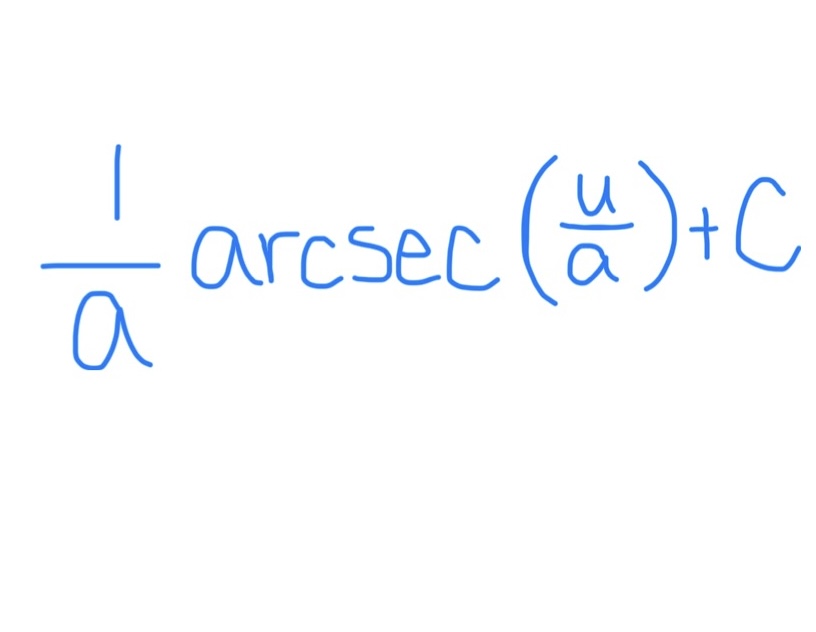
∫ tan(u) du
Ln |sec(u)| + C
∫ cot(u) du
Ln |sin(u)| + C
∫ sec(u) du
Ln |sec(u) + tan(u)| + C
∫ csc(u) du
-Ln |csc(u) + cot(u)| + C
∫ sin(u) du
-cos(u) + C
∫ cos(u) du
sin(u) + C
∫ sec²(u) du
tan(u) + C
∫ sec(u)tan(u) du
sec(u) + C
∫ csc(u)cot(u)
csc(u) + C
∫ csc²(u) du
-cot(u) + C
Derivative of arctanx
1 / 1+x²
Derivative of arcsinx
1 / sqrt(1-x²)
When To Use Integration by Parts?
… when you’re dealing with:
xnsinx, xncosx, xnLnx, arctanx, arcsinx, arcsecx, xnex, exsinx
Evaluating Regular Integration by Parts Integrals
Determine u and dv using LIATE
Rewrite eqn as uv - ∫ v du
Solve solvable integrals
Identifying Circular Integration by Parts
When one step will spit out a previous function or the original function
Evaluating Circular Integration by Parts Integral
Determine u and dv using LIATE
Rewrite eqn as uv - ∫ v du
Solve, but when you get result that is the original eqn, take what you have so far and set the original eqn as I and then set everything equal to I
Solve for I to get answer
How to Integrate ∫ sinn(x) cosn(x) dx Where There’s an Odd Power on Sin(x) or Cos(x)
Pull out a factor from whichever trig has odd power and put it with dx
Replace odd trig using sin²(x) + cos²(x) = 1
Trig function that wasn’t odd is u
cos(x) = odd —> u = sin(x), du = cos(x)
How to Integrate ∫ sinn(x) cosm(x) dx Where Both Powers are Even
Use power reduction formulas
sin²(x) = (1-cos(2x)) / 2
cos²(x) = (1+cos(2x)) / 2
Deconstruct all trig into (__)²
Replace w/ power reduction formulas
Integrate
How to Integrate ∫ tann(x) secm(x) When Power of Sec(x) is Even
Pull out a factor from sec(x) so that it becomes sec²(x) and put it with dx
Replace rest of sec(x) with sec²(x) = tan²(x) + 1
except the sec(x) that’s part of dx
Do u-substitution where
u = tan(x)
du = sec²(x) dx
How to Integrate ∫ tann(x) secm(x) When Power of Tan(x) is Odd
Pull out a factor from tan(x) so that it becomes tan²(x) and put it with dx. Also pull out a factor from sec(x) and put it with dx
Replace rest of tan(x) with tan²(x) = sec²(x) -1
Do u-substitution where…
u = sec(x)
du = sec(x)tan(x) dx
How to Integrate Individual Trig Functions with Even Powers
Use power reduction rule
sin²(x) = (1-cos(2x)) / 2
cos²(x) = (1+cos(2x)) / 2
Then use u-du integal
How to Integrate Individual Trig Functions with OddPowers
Use u-du integral
Unit Vector Formula
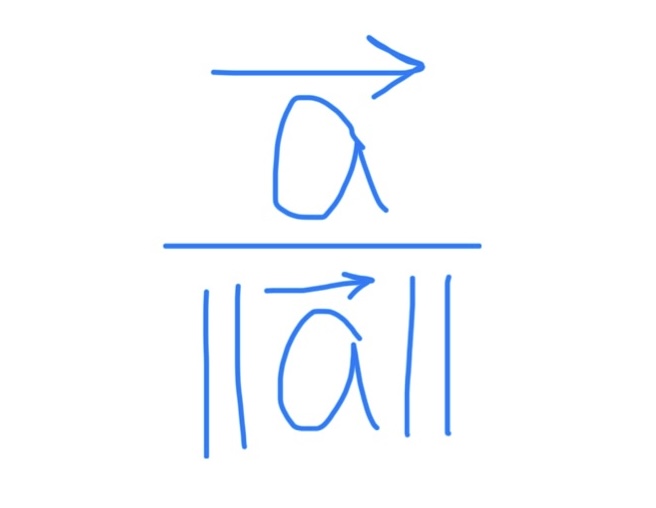
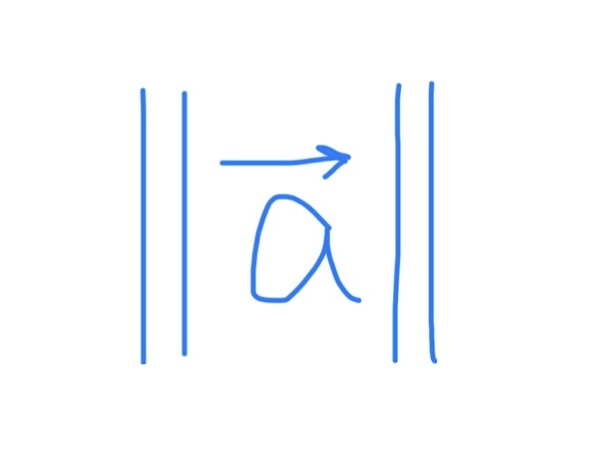
Magnitude Formula
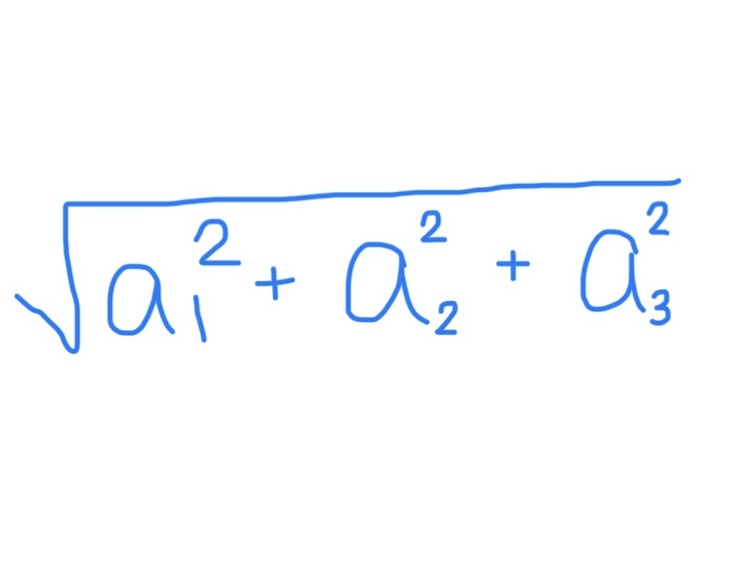
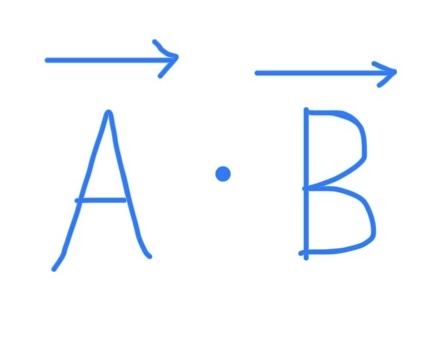
Dot Product Formula
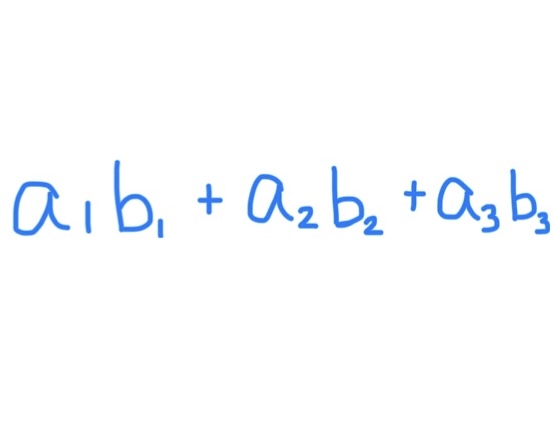
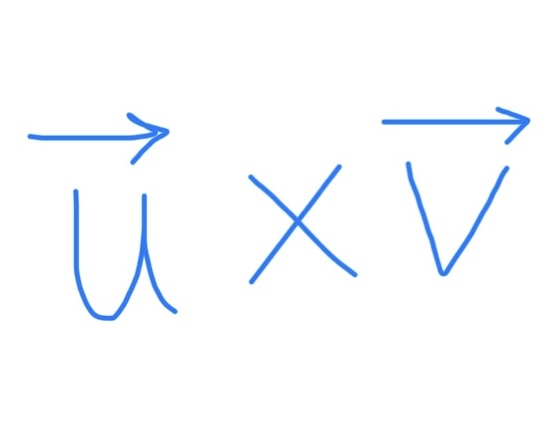
How to Solve Cross Product
Set up i, j, k table with the vector coordinates put in horizontally
You’re aiming for the form |__| i - |__| j + |__| k
Cover the letter you’re trying to find |__| for and put the numbers you can see in same order
Cross multiply and subtract (main diagonal - reverse diagonal)
Then take out the i, j, k and your answer is the numbers in <___>
To Find Angle Between 2 Vectors
Use cosθ formula and solve for θ by making cosθ go in other side as cos^-1
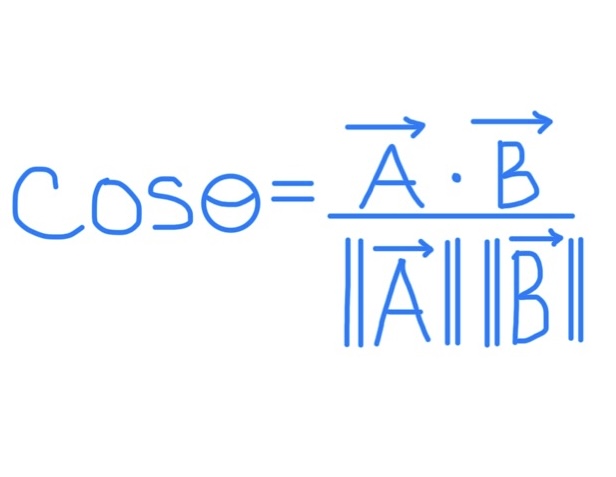
A Vector is Perpendicular If …
If dot product of both vectors = 0
A Vector is Parallel If …
If you can get vector A to vector B by multiplying by a scalar/fixed #
Power Reduction Formula for Sin²x
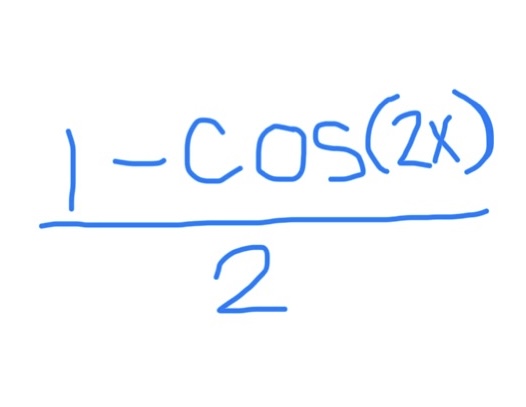
Power Reduction Formula for Cos²x
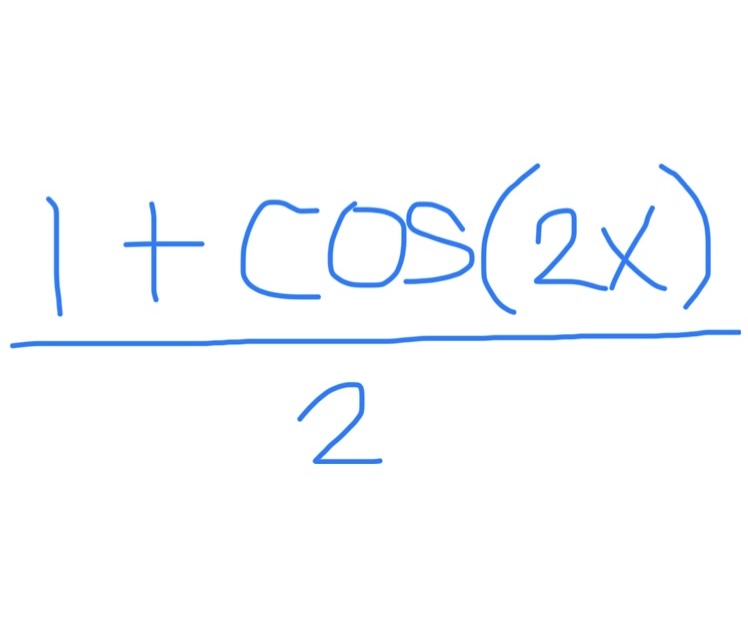
Arc Length Formula
